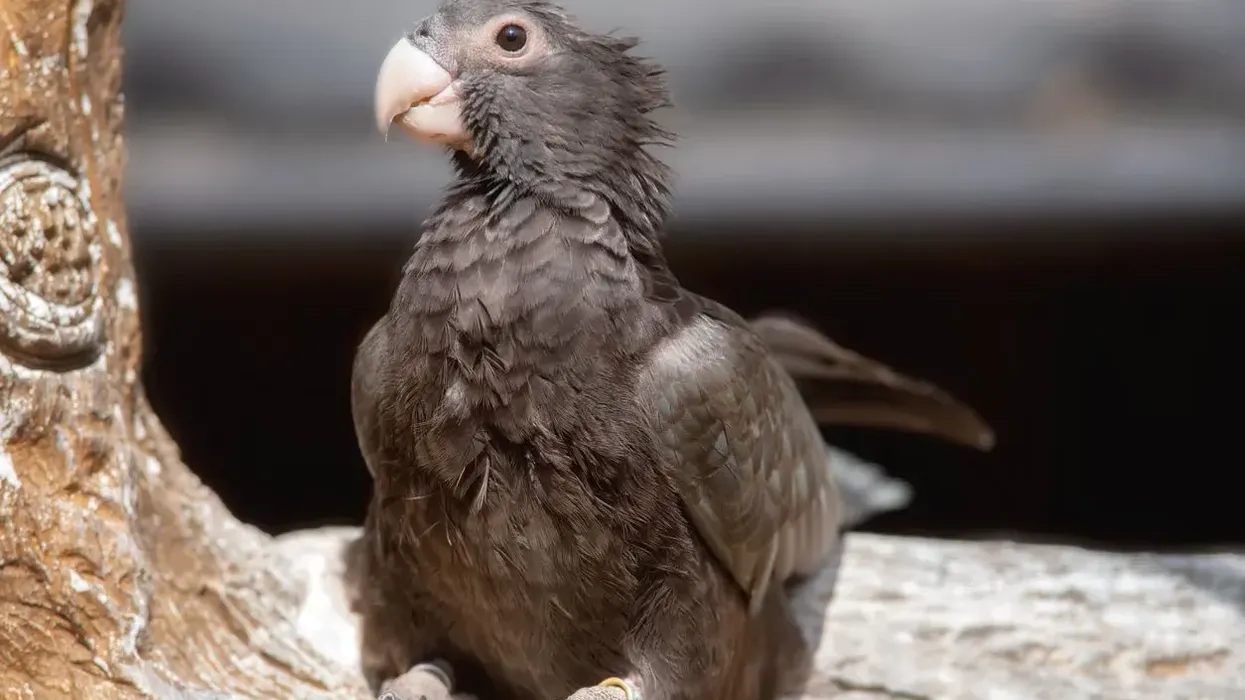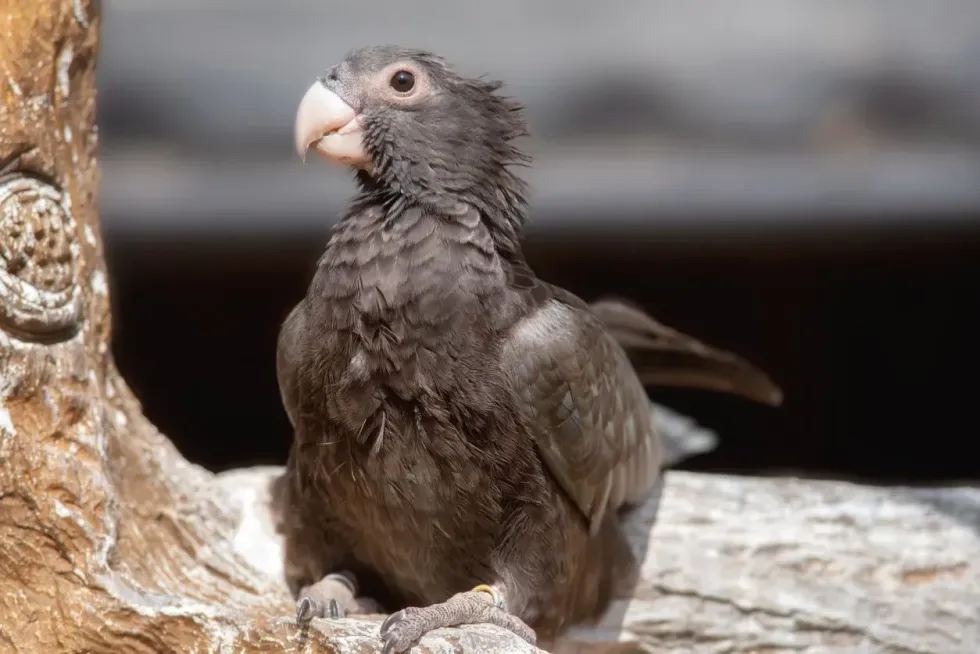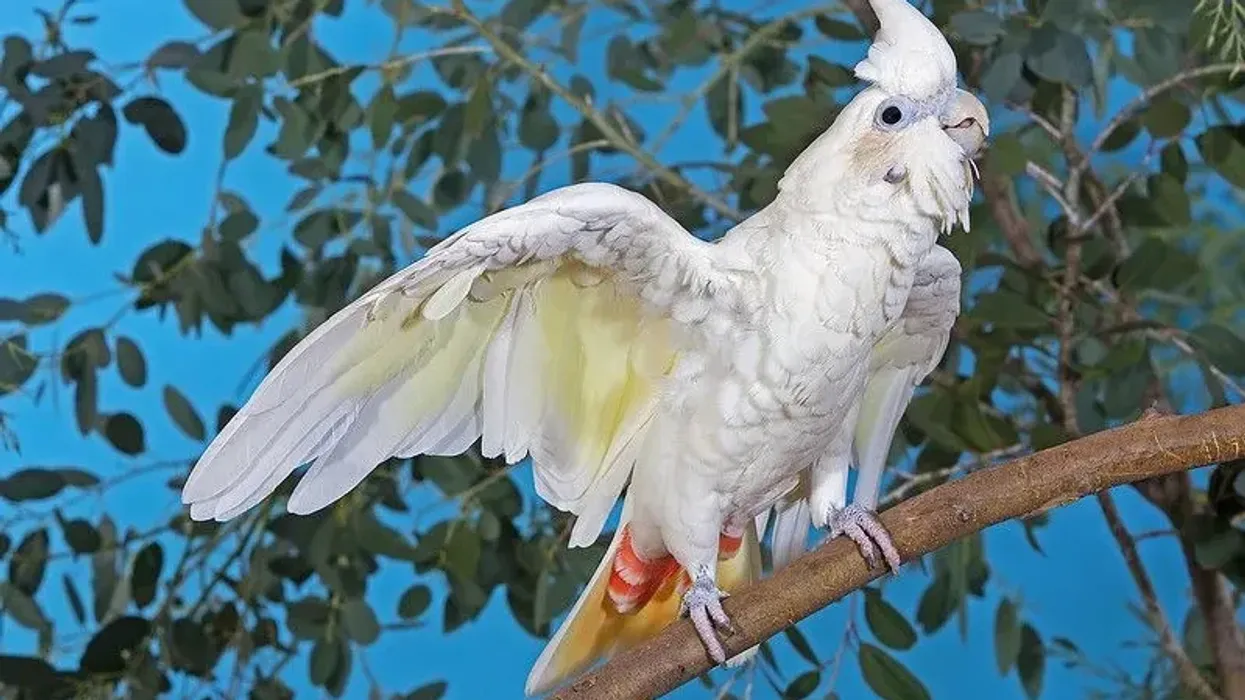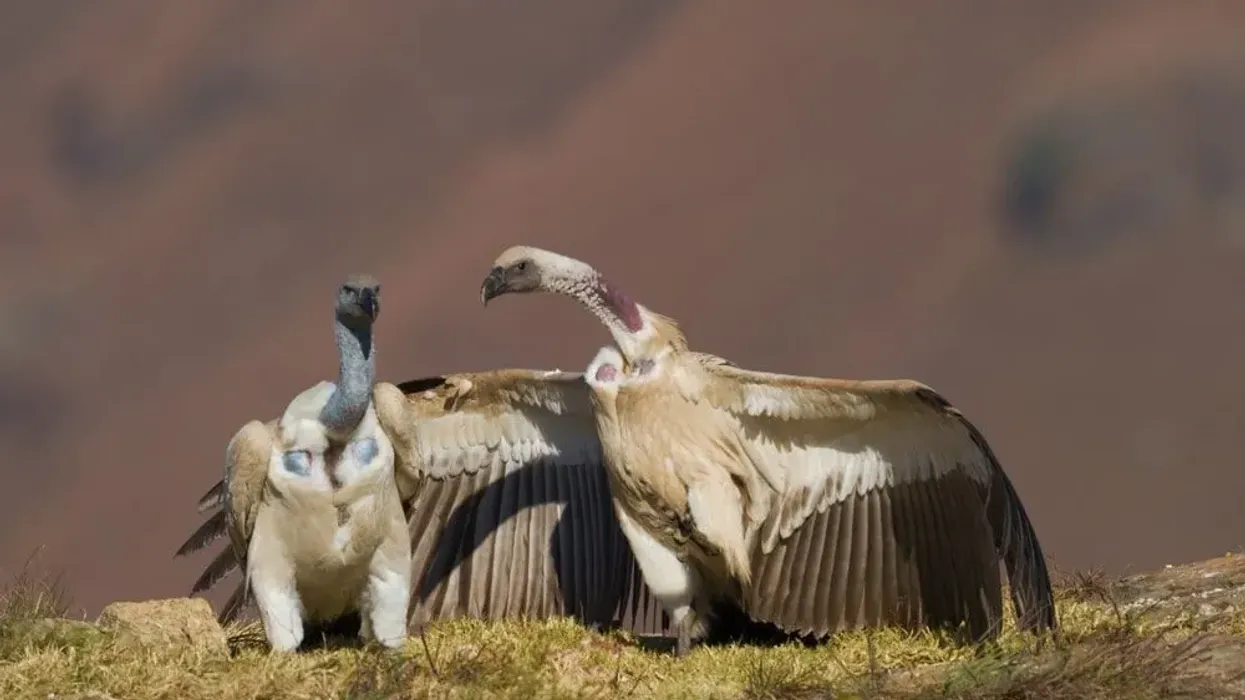Parrots are considered one of the smartest species of birds. The parrot species are primarily found in tropical and sub-tropical areas.
There are approximately 387 species of existing parrots. Primarily parrots are distinguished for their curved bill and upright posture. The vasa parrots (Coracopsis) are contemplated as one of the genera consisting of four endemic parrot species that can be found in Madagascar.
The vasa parrots are recognized for their peculiar long neck and black-gray feathers. The four species of vasa parrots include the greater vasa parrot (Coracopsis vasa), the lesser vasa parrot (Coracopsis nigra), the Comoros black parrot (Coracopsis sibilans), the Seychelles black parrot (Coracopsis barklyi).
The Comoros black parrot and Seychelles black parrot were considered subspecies of lesser vasa parrot. The greater vasa parrot (Coracopsis vasa) further has three subspecies. Unlike the lesser vasa parrot, the greater vasa parrot inhabits the dry forest.
Another unusual feature is, on a moonlit night, these birds are extremely active. The greater vasa parrots are gregarious and typically forage in a large flock.
If you want to know more about the greater vasa parrot then keep reading this article as more amazing facts are stated below. For more relatable content, check out these hooded parrot facts and black parrot facts for kids.
Greater Vasa Parrot Interesting Facts
What type of animal is a greater vasa parrot?
Greater vasa parrot is a bird species that are identified for their extraordinary appearance.
What class of animal does a greater vasa parrot belong to?
The greater vasa parrots belong to the class of Aves, order Psittaciformes, family Psittaculidae, genus Coracopsis. This bird species has three subspecies Coracopsis vasa comorensis, Coracopsis vasa drouhardi, and Coracopsis vasa vasa.
How many greater vasa parrots are there in the world?
The population of the greater vasa parrots can be found in substantial amounts. However, the exact number of this bird present in this world is not yet estimated.
Where does a greater vasa parrot live?
The geographic range of distribution of the greater vasa parrots is across the region of Madagascar and Comoros. However, their range may vary according to the subspecies.
The Coracopsis vasa comorensis can be found in Ngazidja, Mwali, and Ndzuani in Comoro. The Coracopsis vasa drouhardi can be found in the northern, western, and southern parts of Madagascar. While C. v. vasa are the dwellers of eastern Madagascar.
What is a greater vasa parrot's habitat?
The greater vasa parrots prefer deciduous forests with a dry climate than the Coracopsis nigra who prefer a more humid climate. The dry forests of Madagascar provide these birds with the ideal climatic condition, habitat, and sustenance to survive.
Who do greater vasa parrots live with?
The greater vasa parrots typically forage in flocks. They can be seen flying locally. However, not much has been documented regarding their social behavior.
How long does a greater vasa parrot live?
The average lifespan of greater vasa parrots in captivity is approximately 54 years. However, their lifespan in the wild is not yet evaluated.
How do they reproduce?
The actual breeding season of the vasas is not estimated. Regardless, it is assumed that October to January is their peak breeding season.
The mating policy is unusual in the vasas. Female vasa parrots are relatively larger than males and are significantly dominant. The bird species predominantly live in a group and female vasa parrots have three to eight partners.
The method of reproduction is sexual and is divided into two phases. The first phase has a short span and lasts about three seconds. The second phase can take approximately 90 minutes and involves a copulatory tie.
In captivity, the female lays three eggs and the incubation period is almost 17 days. However, their incubation period in the wild is not determined.
What is their conservation status?
The conservation status of the greater vasa parrots according to the International Union for Conservation of Nature is of Least Concern. The greater vasa parrots can be found more than the Coracopsis nigra. Despite their non-threatened status in the world, these vasas are the major victim of human exploitation.
They are being hunted, being kept as a pet. In 1970, these birds were identified as a pest species. These vasas are known to damage crops therefore they are maltreated by humans particularly in the southern region.
Greater Vasa Parrot Fun Facts
What do greater vasa parrots look like?
The greater vasa parrot (Coracopsis vasa) has an approximate length of 20 in (50 cm). The female birds of this species are 25% bigger than the male birds.
These birds are predominantly dark brown and have light brown underparts. They have gray coverts under their tail along with the wing coverts are gray too. Their face has a bare area that is rosy-gray.
The bill of the bird is mainly dark gray, however, during the breeding season the color changes to light brown. Another aspect that can be observed is their skin color. During their breeding season, their skin is revealed and it is orange or yellow.
The tail of C.v. drouhardi has a dark subterminal band. The C.v. comorensis has brown shaded underparts while C.v. vasa has more gray than brown underparts.
How cute are they?
The extraordinary plumage and unusual appearance make it a cute pet bird.
How do they communicate?
Vasas are chiefly very expressive and adopt various tones and calls to communicate with each other.
How big is a greater vasa parrot?
Greater vasa parrots are almost 20 in (50.8 cm) and sexually dimorphic. The length of the Amazon parrot is almost similar to the greater vasa parrots that are 10-20 in (25.4-50.8 cm). But greater vasa parrots are bigger than Meyer’s parrot that has a length of 13.8 in (35 cm).
How fast can a greater vasa parrot move?
The exact speed of this bird in the wild is not listed.
How much does a greater vasa parrot weigh?
The approximate weight of this bird is 16.9 oz (480 g). Males are smaller than females. These species weigh less than other parrot species such as the kea parrot that is almost 1.8-2.2 lb (0.8-1 kg).
What are the male and female names of the species?
The male parrots are called cock and the female parrots are called hens.
What would you call a baby greater vasa parrot?
A baby parrot is called a chick. But the exact term for the baby greater vasa parrots is not listed. The breeding season is assumed to be from October to January and mating involves two distinct phases.
What do they eat?
The greater vasa parrot has the habit of feeding on grains, berries, and fruits.
Are they dangerous?
These birds can cause severe damage to the crops because they are granivorous and their diet consists of maize.
Would they make a good pet?
This species of bird has a friendly temperament and is very active. They can get along with families well this is why they are being traded by pet traders excessively.
This bird may require a large space. However, it is better not to pet them because this will encourage illegal trading and exploitation of these birds that are suitable in the wild.
Did you know...
The greater vasa parrot was first described in 1812 by an English zoologist named George Shaw.
The feather of the female vasa parrots tends to fall off during their breeding period. The feather loss is particularly on the crown section of their head.
Can greater vasa parrots talk?
Parrots are incredibly intelligent birds, undoubtedly. These birds are very active and expressive. They express themselves through various calls. It is observed that few vasas may talk and few may not.
How much does a greater vasa parrot cost?
The great vasa parrots are admired and kept as a pet because of their unusual appearance and plumage. The greater vasa parrot price may depend on the breeder. However, a greater vasa parrot breeder may sell a single bird for $1500-$1600 approximately.
Here at Kidadl, we have carefully created lots of interesting family-friendly animal facts for everyone to discover! For more relatable content, check out these golden conure interesting facts and Eleonora cockatoo surprising facts pages.
You can even occupy yourself at home by coloring in one of our free printable cockatoo coloring pages.
Second image by Charles J Sharp.









